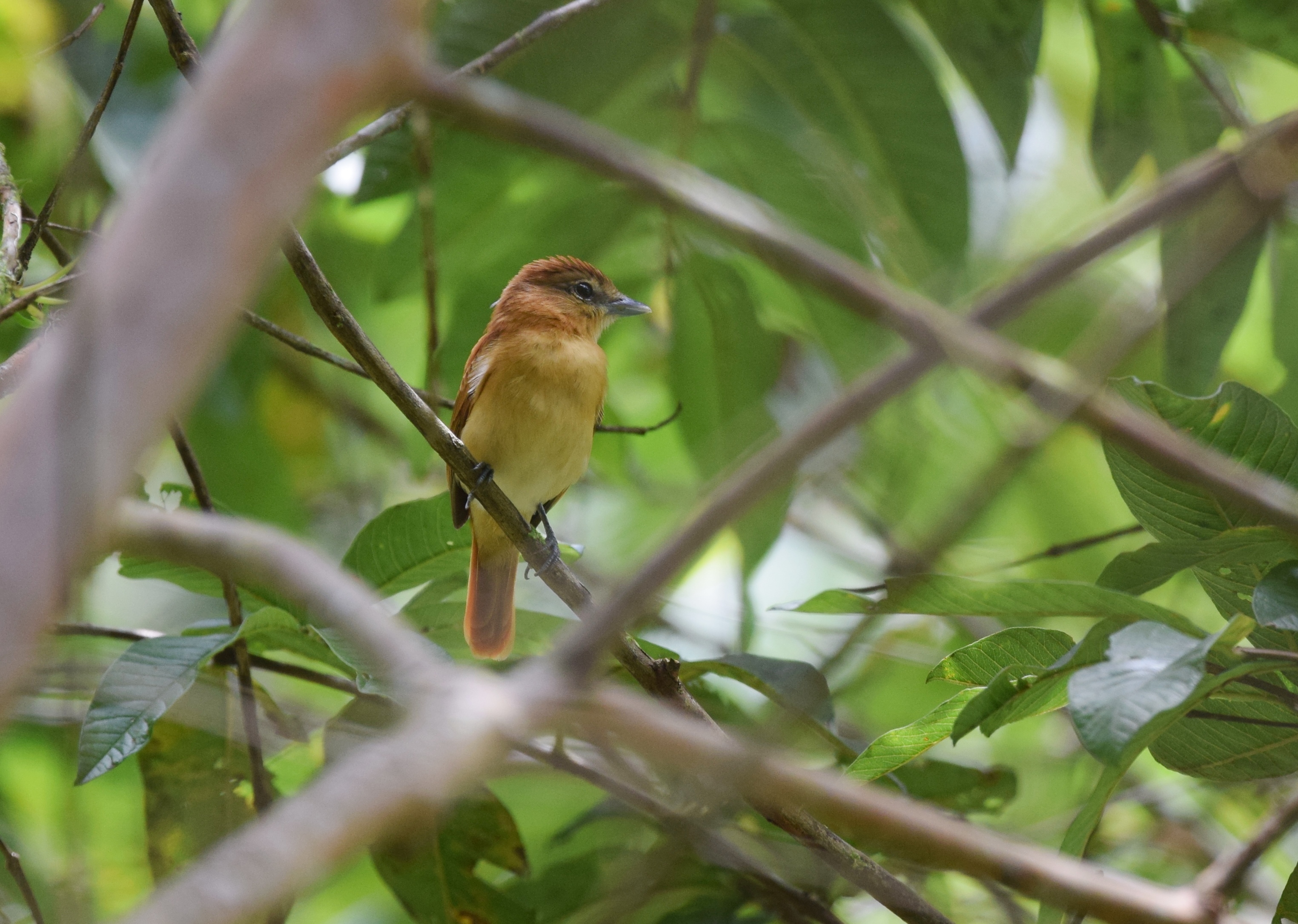Bird song could isolate species: UBC research
September 13, 2017

September 13, 2017

Two birds that look the same, but have songs so different they can't recognize each other, should be considered distinct species, suggests new University of British Columbia research.
“Songs are important for birds and who they choose to mate with,” said Benjamin Freeman, a Banting postdoctoral fellow in the department of zoology at UBC. “Birds evolve different songs and we wanted to find out which populations are so different in song that they should be considered different species.”
Among the 72 related populations of Central and South American birds the researchers tested, they found evidence for 21 new species. Organisms that mate and create an offspring that can go on to reproduce are considered to be part of the same species but there are a number of naturally occurring barriers, like geographic location or behaviour, that can prevent similar organisms from mingling.
In the study, UBC and Cornell University biologists examined how different populations of birds respond to each other’s songs. In the tropical forests of Central and South America where the vegetation is dense, birds rely heavily on song to claim their territory and let other birds know where they are. For this experiment, the researchers conducted playback experiments by hanging wireless speakers in the trees and broadcasting songs from related subspecies and then observing how the birds responded. If the birds continued on with their natural behaviour and ignored the speaker and sound, it indicated that they distinguished the songs. They did not feel like another bird was encroaching on their territory and trying to mate with their partner. If the bird got angry and started to try and kick the “intruder” out, it indicated they recognized the song. Historically, scientists have identified new species by finding birds that look different enough or occupy different geographic locations.
“It’s interesting that with one study in one year, we came up with good evidence that there are 21 new species that authorities should recognize,” said Freeman. “We know so much about birds but this demonstrates that we still have a lot to learn.” This research is part of a larger pursuit to learn about the evolution of bird songs and why birds develop different songs. “As a birdwatcher in tropical forests, you have no choice but to get interested in songs,” said Freeman.
“As you walk through the forest, you hear 25 birds for every one you see. As a biologist, I wanted to know – is it important that the birds sing differently and is it a little important or a lot important?” Freeman and his colleagues will submit these findings to a committee of ornithologists who are responsible for naming and recognizing bird species of South America.
Cinnamon Becard and Chestnut-crowned Becard
Research findings: These two populations look different and have somewhat different songs but birds west of the Andes (Cinnamon Becard) respond to song from the Amazon Basin (Chestnut-crowned Becard).
Cinnamon Becard - Central America, western Colombia and western Ecuador
Photo: https://macaulaylibrary.org/asset/46001051
Song: https://macaulaylibrary.org/audio/184776
Chestnut-crowned Becard - Amazon
Photo: https://macaulaylibrary.org/asset/40353171
Song: https://macaulaylibrary.org/audio/62573
Golden-bellied Warbler
These two populations look similar but sing differently. The birds in western Ecuador ignore song from eastern Peru. They should be classified as distinct species.
Population A from western Ecuador (Pacific slope)
Photo: https://macaulaylibrary.org/asset/56593091
Song: https://macaulaylibrary.org/asset/31431731
Population B from eastern Peru (Amazon basin)
Photo: https://macaulaylibrary.org/asset/35480631
Song: https://macaulaylibrary.org/audio/147345
We honour xwməθkwəy̓ əm (Musqueam) on whose ancestral, unceded territory UBC Vancouver is situated. UBC Science is committed to building meaningful relationships with Indigenous peoples so we can advance Reconciliation and ensure traditional ways of knowing enrich our teaching and research.
Learn more: Musqueam First Nation